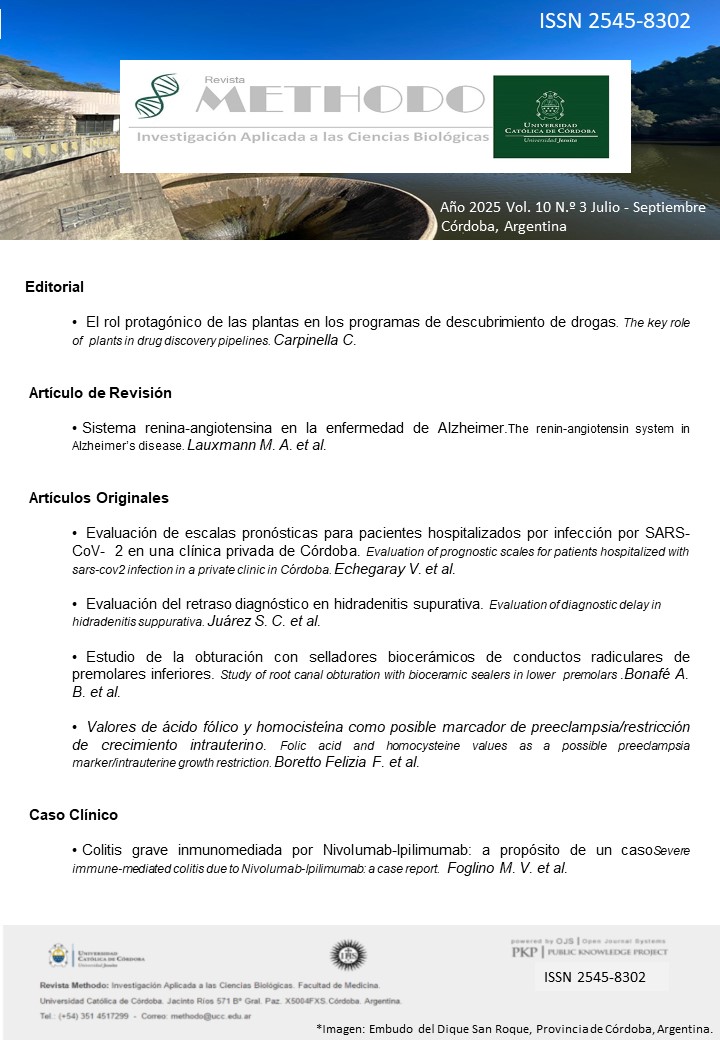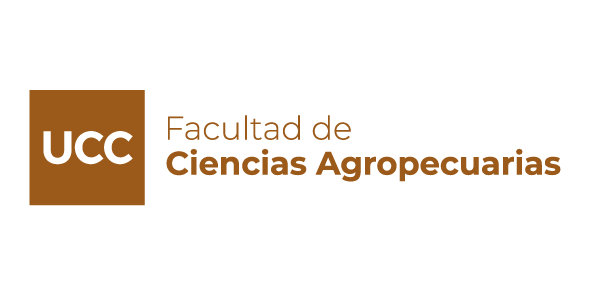Study of root canal obturation with bioceramic sealers in lower premolars
DOI:
https://doi.org/10.22529/me.2025.10(3)05Keywords:
sealers, root canal obturation, lower premolarsAbstract
INTRODUCTION: The use of sealers in endodontics is essential to ensure the complete obturation of the root canal system.
OBJECTIVES: To study in vitro the presence of voids in canals obturated with bioceramic and resin- based sealers. Specific Objectives: 1. To evaluate the voids in contact with the root canal wall and the gutta-percha cone.2. To analyze the voids within the filling material.3. To study the voids in the obturation in the coronal, middle, and apical thirds of the root canal.
MATERIAL AND METHOD: Forty single-rooted lower premolars were selected. After instrumentation and irrigation of the canals, for obturation, the sample was divided into 4 groups (n=10) based on the sealer and technique used. The single-cone technique and bioceramic sealers: BioRoot (BR), AH Plus Bioc-eramic Sealer (AHB), and CeraSeal (CS), as well as the control group with resin sealer AH Plus, of which 5 were obturated with single cone (AHP CU) and 5 with AH Plus with lateral compaction (AHP CL). The teeth were incubated at 37°C for 72 hours and then three cuts were made, resulting in three fragments: 1. Apical, 2. Middle, and 3. Coronal. Each fragment had two surfaces: one coronal (c) and one apical (a), which were observed under an optical microscope (Olympus) and photographed. The images were analyzed using Image Pro-Plus morphometry software. The data were analyzed using InfoStat software (FCA-UNC) and statistical analysis was performed using ANOVA and Tukey’s and Student’s tests. A significance level of 5% was set for all cases.
RESULTS: The sealer with the lowest percentage of voids was AHB (4.6%), followed by AHP CL (5.2%), BR (5.7%), CS (6.8%), and the highest percentage was observed with AHP CU (10.9%). Differences were not statistically significant between groups (p=0.33), but significant differences were found between levels (p<0.05). The lowest percentage of voids was found in the apical fragment (3.7%) for all studied sealers, which progressively increased towards the coronal level, resulting in 4.9% in 2a, 5.7% in 2c, 8.1% in 3a, and 8.8% in 3c. The smallest voids corresponded to the AHP CU sealer (42.8 µm), followed by AHB (51.1 µm), BR (54.2 µm), CS (55.3 µm), and AHP CL (57.4 µm) (Kruskal-Wallis: p<0.01).
CONCLUSION: Voids were observed in the obturation of the canals with all the sealers analyzed. The lowest percentage of voids was observed with the AH Plus Bioceramic sealer, and the highest with the resin-based AH Plus sealer using the single-cone technique. In all sealers, more voids were found in the coronal area, decreasing towards the apical area.
Published
How to Cite
Issue
Section
License
Copyright (c) 2025 Methodo Investigación Aplicada a las Ciencias Biológicas

This work is licensed under a Creative Commons Attribution-NonCommercial-ShareAlike 4.0 International License.




















